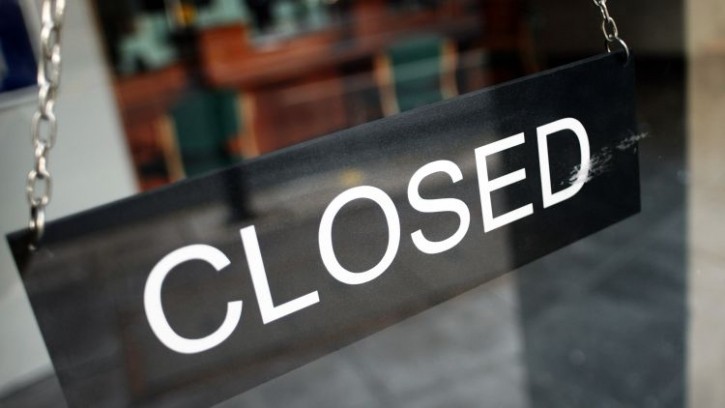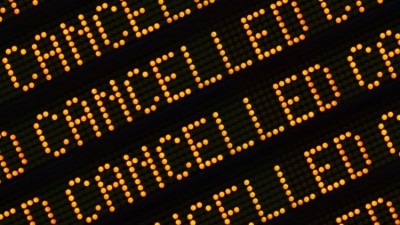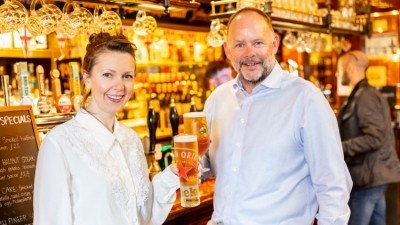200 pubs closed in first quarter of 2023

Price Bailey also revealed 620 pubs in England, Scotland and Wales entered insolvency in the past 12 months – a 68% increase compared to the previous year’s figures (369).
Separate data commissioned by Price Bailey from National Statistics showed optimism among licensees was on the rise despite the surge in business failures.
More than a third (35%) of British pubs reported turnover was rising rather than falling (16%) – an improvement on six months ago when 7% reported rising turnover against 58% stating takings were down.
Head of the insolvency and recovery team Matt Howard said: “While there are early signs of an improvement in trading conditions for pubs, insolvencies in Q1 reached the highest quarterly level in more than a decade.
“The improving economic outlook may come too late for many pub businesses that have accumulated unmanageable levels of debt over a testing few years.
“There is often a lag between a return to more robust economic activity and declining insolvencies."
Increasing pressure
He added: “Banks will likely start to put increasing pressure on debtors to perform or pay off loans. Focus will start to shift from financially stressed businesses to start-ups and those with better prospects, which may mean insolvencies continue to rise despite many pubs seeing improved takings.”
Howard outlined how train strikes and the cost-of-living crisis has meant operators have had to adapt and remain flexible.
He said: “Pubs are still facing soaring costs coupled with an ongoing squeeze on the disposable incomes of patrons.
“The impact of rail strikes, which hit the pub trade hard during the peak Christmas party period, have been felt most by pubs in city centre locations.
“Hospitality businesses with a more diversified offering geographically and in terms of services, such as food and accommodation, have tended to fare better.”
The research showed how more than a fifth (22%) of pubs are operating reduced trading hours due to staffing challenges however, this was a slight improvement since the end of last year (29%).
Furthermore, six in 10 (61%) of licensees were considering raising prices to cover energy costs, down from three quarters (75%) at the end of 2022.
Price rises
Half (50%) and more than a third (36%) were considering increasing prices to cover more expensive raw material and labour costs respectively – a drop from 54% and 45% six months ago.
Fewer than one in 10 (8%) of operators have hired staff in the past month compared to 2% six months ago.
“Publicans are still having to restrict opening hours and scale back the services they provide to customers,” Howard added.
“Not only has it become more difficult to justify opening during off-peak hours due to high energy costs but lack of staff has compelled more pubs to focus on their most profitable business hours.”
However, the chartered accountancy firm stated while many large groups and small independents were struggling, new types of pubs were ‘thriving’.
Howard said: “Even though many of the large pub chains and independent pubs are struggling, innovative new market entrants such as pubs owned by craft breweries and themed pubs such as the Boom Battle Bar chain are successfully shaking up the industry.”







